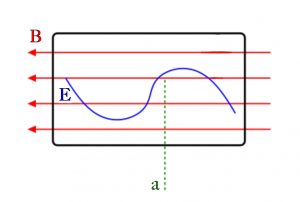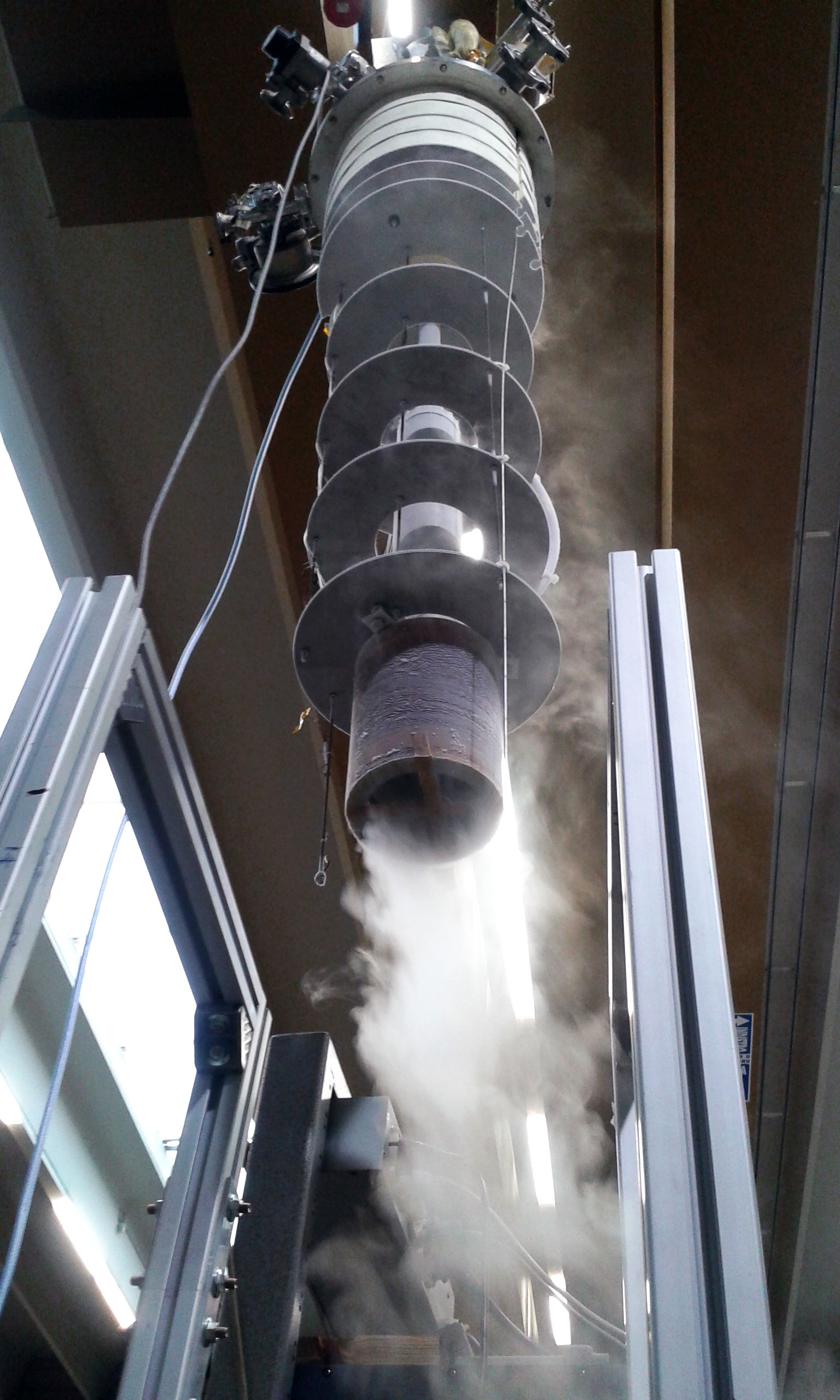 A new elementary particle, the axion, was predicted in the seventies by R.D. Peccei, H. Quinn, S. Weinberg , and F. Wilczek to explain why electric charges distribute homogeneously inside a neutron and do not form an electric dipole, as happens for instance in a water molecule. Soon after this prediction, experiments at particle colliders and studies on stellar evolution showed that the axion, if any, should be a very light particle, with a mass less than 1 eV (about a millionth of the electron mass) and with an extremely feeble interaction with matter. Since then, it was called the “invisible axion”. Such a light particle, however, would be abundantly produced in the early Universe and form today the Dark Matter halo of our galaxy.
A new elementary particle, the axion, was predicted in the seventies by R.D. Peccei, H. Quinn, S. Weinberg , and F. Wilczek to explain why electric charges distribute homogeneously inside a neutron and do not form an electric dipole, as happens for instance in a water molecule. Soon after this prediction, experiments at particle colliders and studies on stellar evolution showed that the axion, if any, should be a very light particle, with a mass less than 1 eV (about a millionth of the electron mass) and with an extremely feeble interaction with matter. Since then, it was called the “invisible axion”. Such a light particle, however, would be abundantly produced in the early Universe and form today the Dark Matter halo of our galaxy.
In 1982, P. Sikivie stated that the axion was indeed not so “invisible”, but it could be observed with proper experiments. He describes a special antenna, called “haloscope”, able to capture the signal of the axion halo in our galaxy. Infact, axion density can be so large, above thousand billions of particles per cubic centimeter, that despite their weak interaction can induce a signal on the antenna.
The haloscope exploits the property of strong magnetic fields of converting axions into electromagnetic waves: a hollow metal-cilinder, called a resonant cavity, is immersed in a strong magnetic field (red lines in the picture at the top) capable of transforming an axion (green line) in an oscillating electromagnetic field inside the cavity (blue line). Such oscillating field can be thought of as a single photon that bounces between the inner walls of the resonant cavity. Since energy is conserved, the photon energy must be equal to the axion mass multiplied by the speed of light squared (the famous Einstein’s relation E = mc2). The presence of the photon can be detected with very sensitive signal amplifiers. In order to avoid observing only “thermal” photons emitted by the metal walls of the cavity, it is necessary to cool all the experimental apparatus at cryogenic temperatures close to absolute zero.
Shortly after Sikivie’s proposal, two experiments, whose acronyms are RBF and UF, were carried out in the United States. They did not have the necessary sensitivity to discover axions that was instead reached by another experiment in the United States, ADMX, conceived to reveal masses of a few micro-electronvolts (a thousand billion lighter than the electron). Unfortunately, no signal has yet been observed.

Recently, a new experiment at Yale Wright Laboratory published the results of a search for galactic axions in the mass range between 20 and 100 micro-electronvolts [Brubaker et al. Physical Review Letters 118, 061302 (2017) and freely avalaible at https://arxiv.org/abs/1610.02580]. Currently the experiment has only probed the region near the 20 micro-electronvolts. Researching at higher masses entails additional experimental difficulties whose solutions will be attempted with appropriate research and development (R&D) activities. INFN also participates in this research with the Quax experiment, to which the Laboratori Nazionali di Frascati collaborate. R&D is focusing mainly on the design of resonant cavities and on the detection of microwave photons.
An optimal resonant cavity for axion searches must have a large volume and high quality factor (defined below). A large volume maximizes the interaction region of the axions with the magnetic field, a bit like using a large fishing net to catch more fish. However, the cavity volume must be optimized to trap the photon, by matching the cavity linear dimension to the photon wavelenght (particle-wave duality). Larger axion mass and therefore larger photon energy, implies a shorter wavelength and a smaller cavity volume. If axions had a mass about one milli-electronvolt the cavity volume would be few cubic millimeters!
The quality factor of a cavity is related to the number of bounces a photon can do before being absorbed by the cavity walls. The higher the quality factor the higher is the probability for an axion to excite a photon oscillation in the cavity. Moreover, larger lifetime of the photon implies a higher photon-detection efficiency. The best quality factors are obtained with superconductive cavities but these cannot operate inside a magnetic field. Several solutions have been proposed to overcome these problems such as arrays of cavities, new cavity geometries, cavities composed by two reflecting mirrors, cavities made of meta-materials and more.
Microwave photons in the frequency range between 10 and 100 GHz have energies ten thousand times smaller than visible light. In the Yale Wright Laboratory experiment photons from axion conversions have energy about 5×10-24 Joule and are expected to be emitted one per second, corresponding to a microscopic power of 5×10-24 Watt (5 yoctoW)! For comparison, photons emitted by a body at room temperature have an energy about 5×10-21 Joule, a thousand times larger. To detect such a faint signal, the experimental setup is cooled to a temperature of about 100 mK, little above absolute zero. At this temperature the noise is dominated by quantum effects! According to quantum mechanics, the minimum energy of an oscillator is not zero but half a quantum of energy hν. Very sensitive amplifiers increase by a factor 100 the signal power by adding only half quantum of energy to the initial noise. This is called the Standard Quantum Limit (SQL) of amplifiers. Although reaching the quantum limit with an amplifier is already an astonishing result, recent developments in the field of quantum computing led to devices able to count single microwave photons: single photon counters are not limited by the SQL! This would allow physicists to increase the sensitivity of future experiments for axion searches. (Claudio Gatti)
 INFN-LNF Laboratori Nazionali di Frascati
INFN-LNF Laboratori Nazionali di Frascati